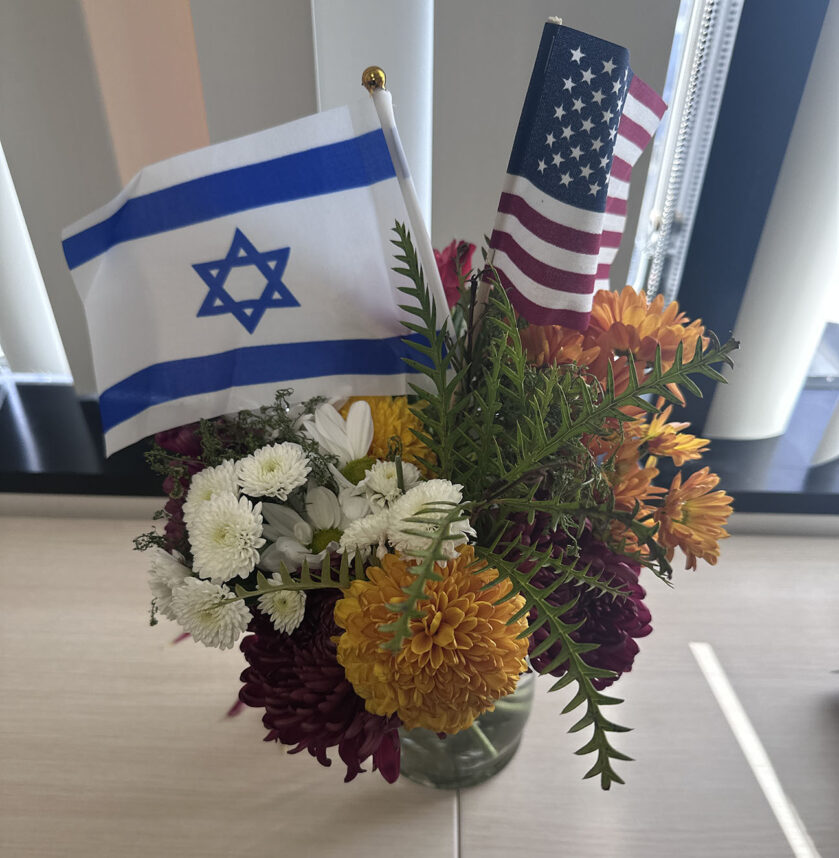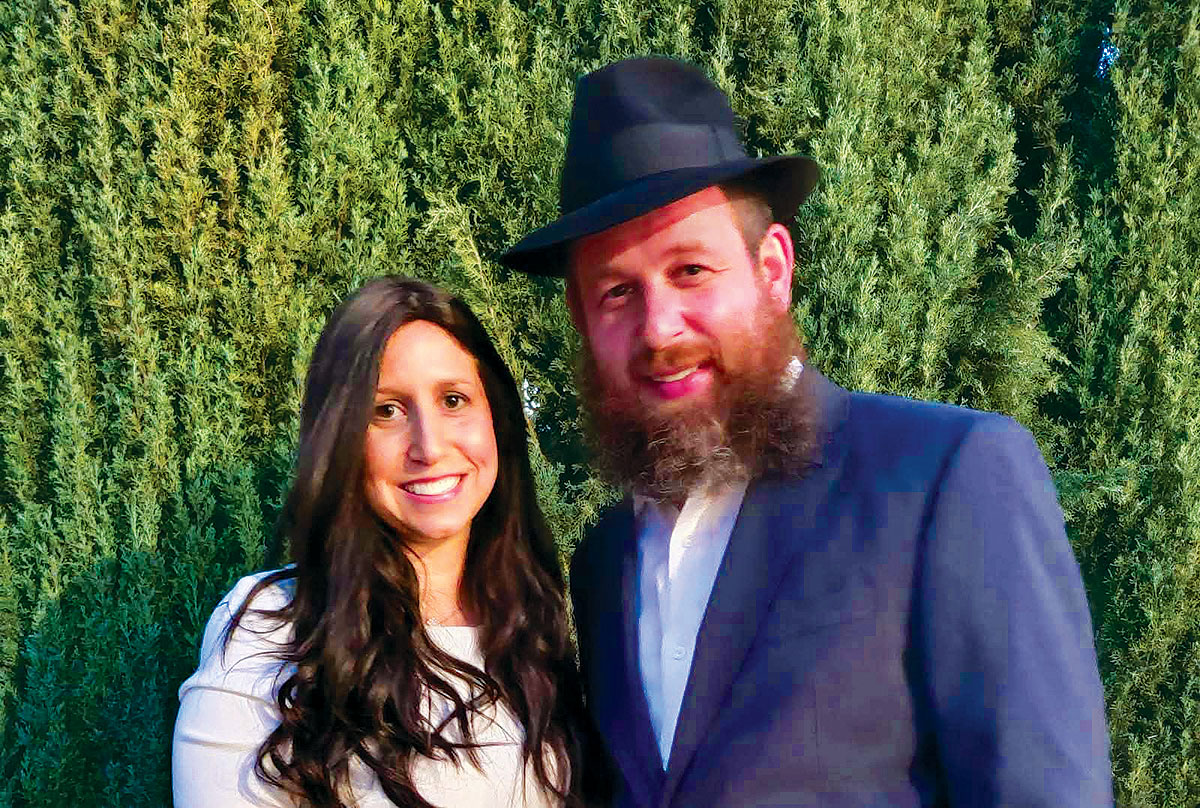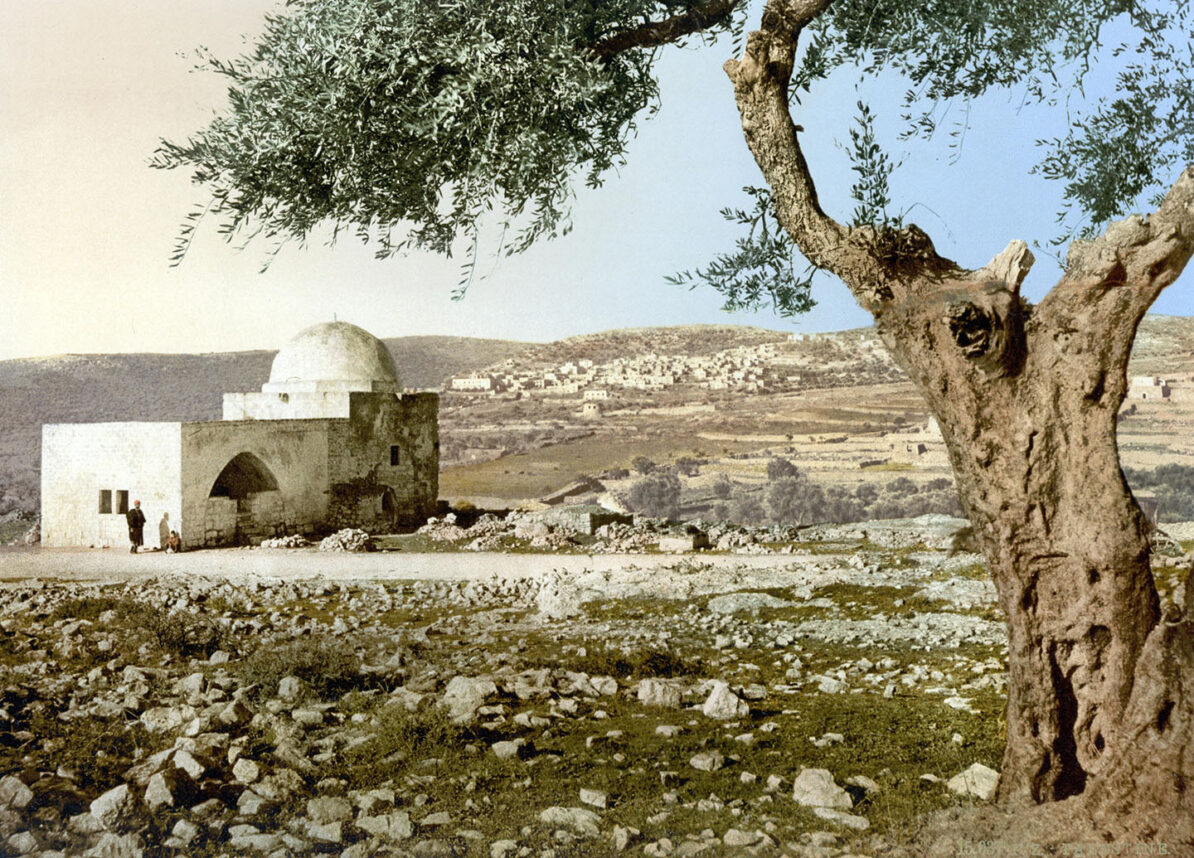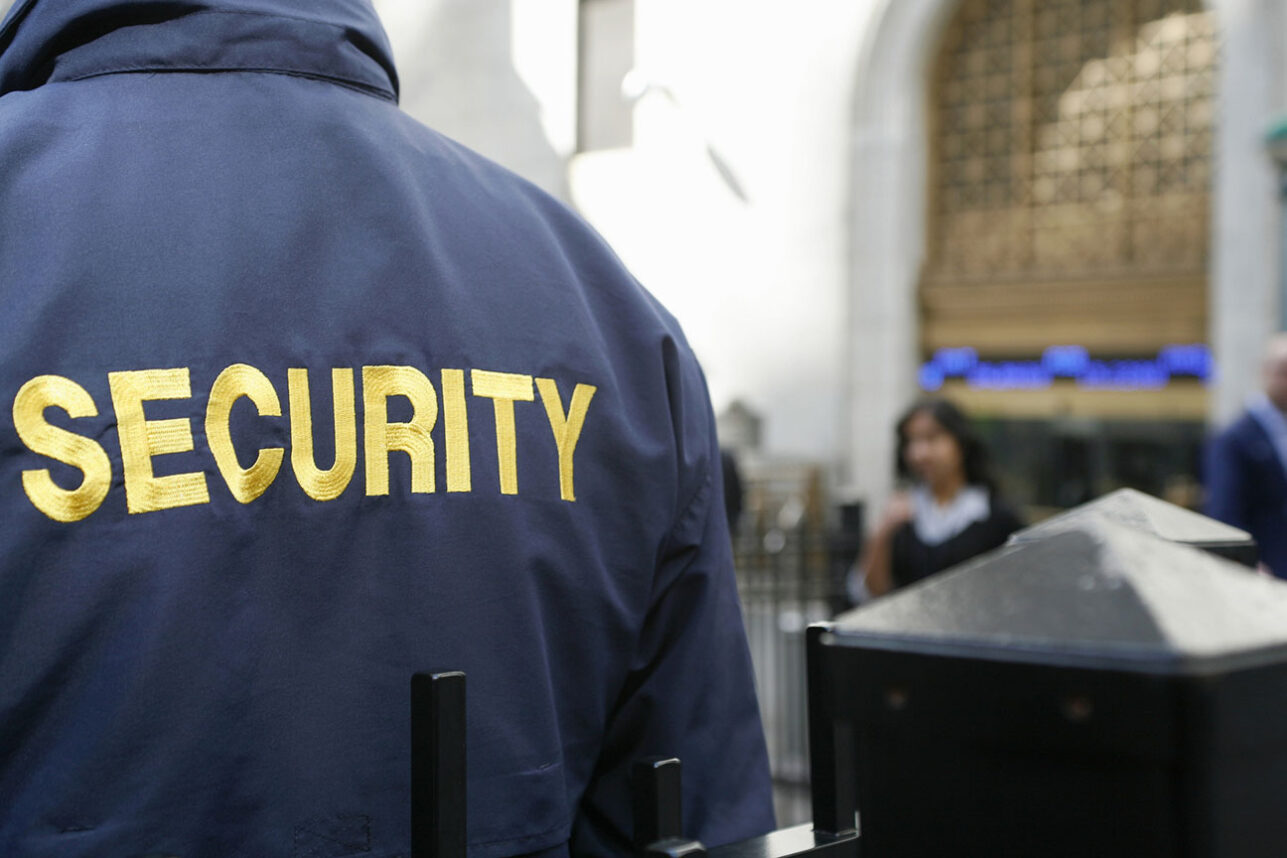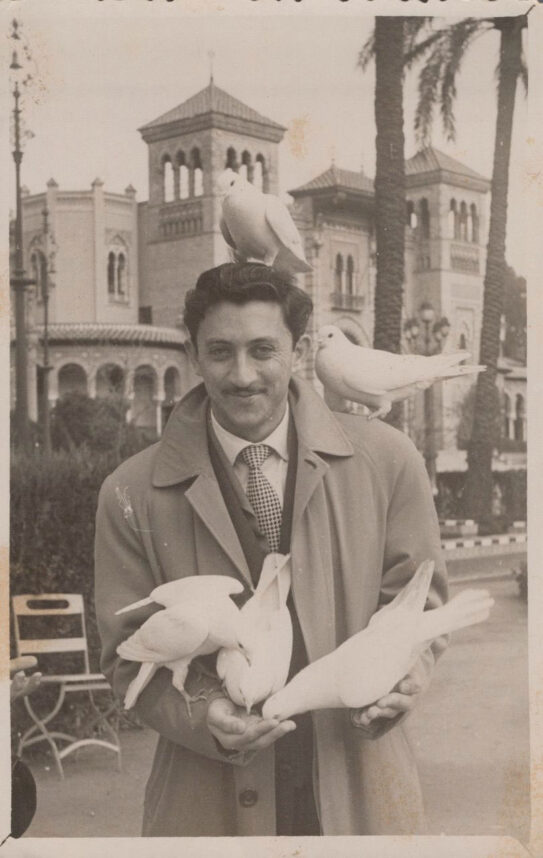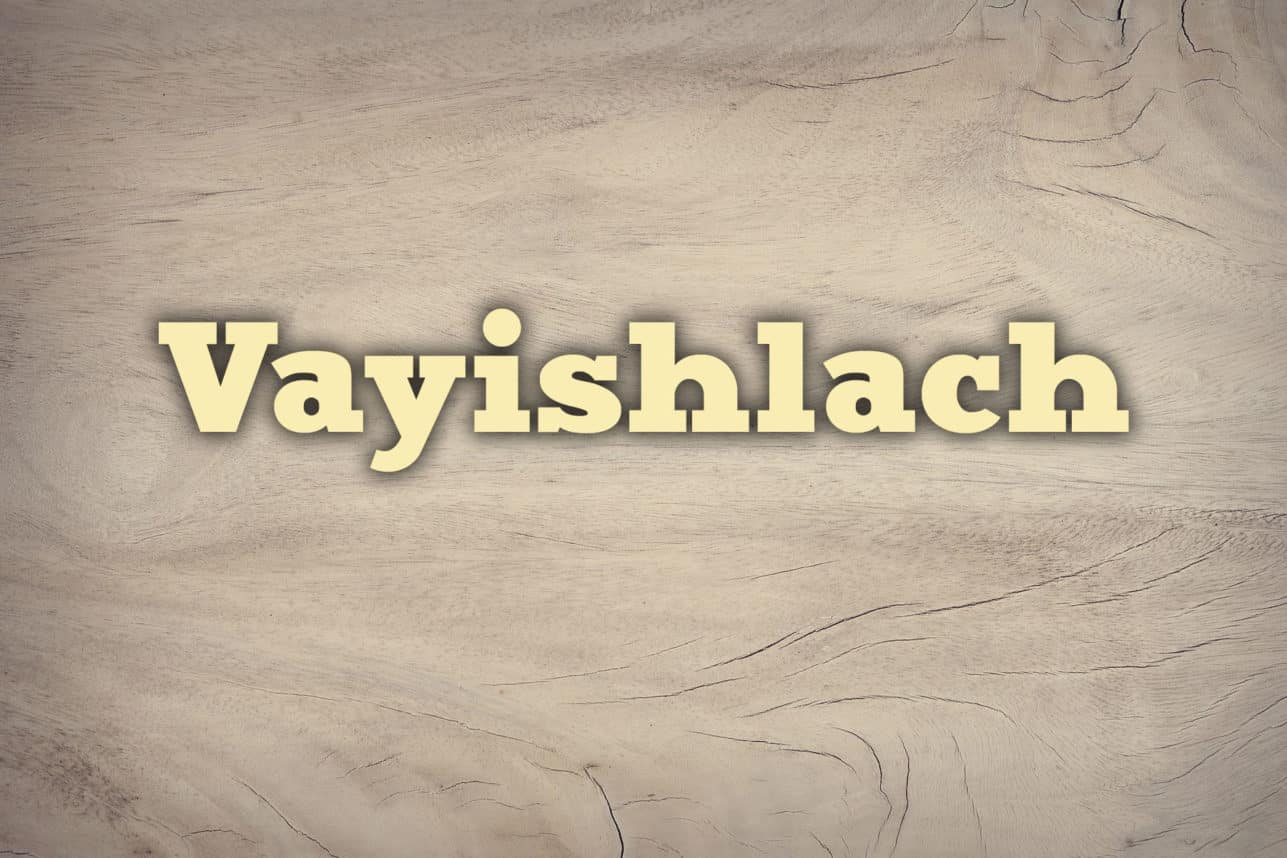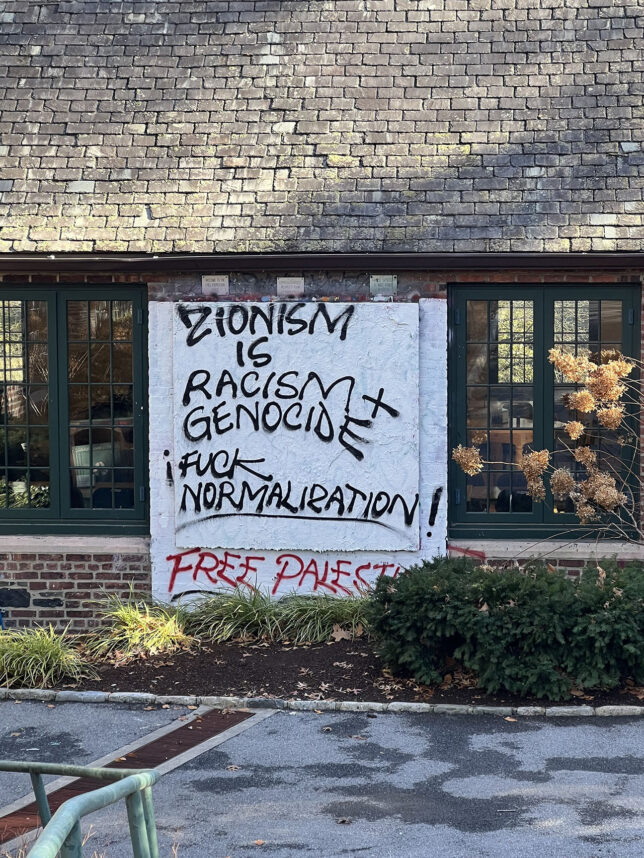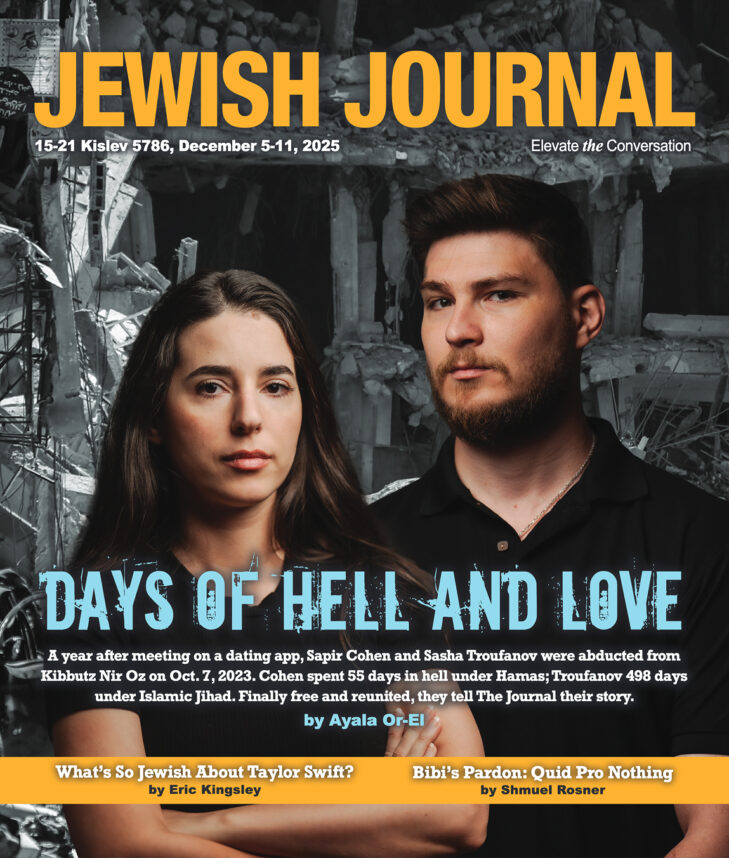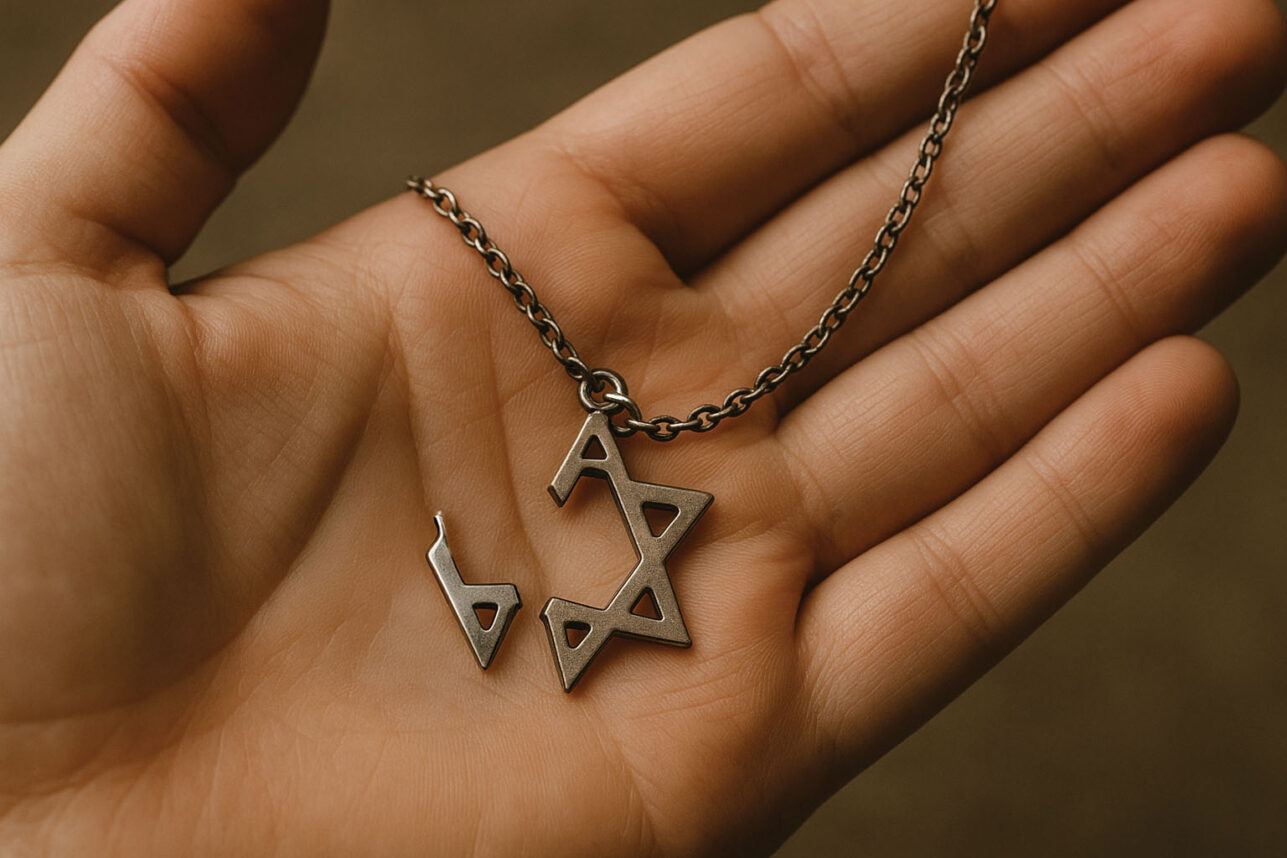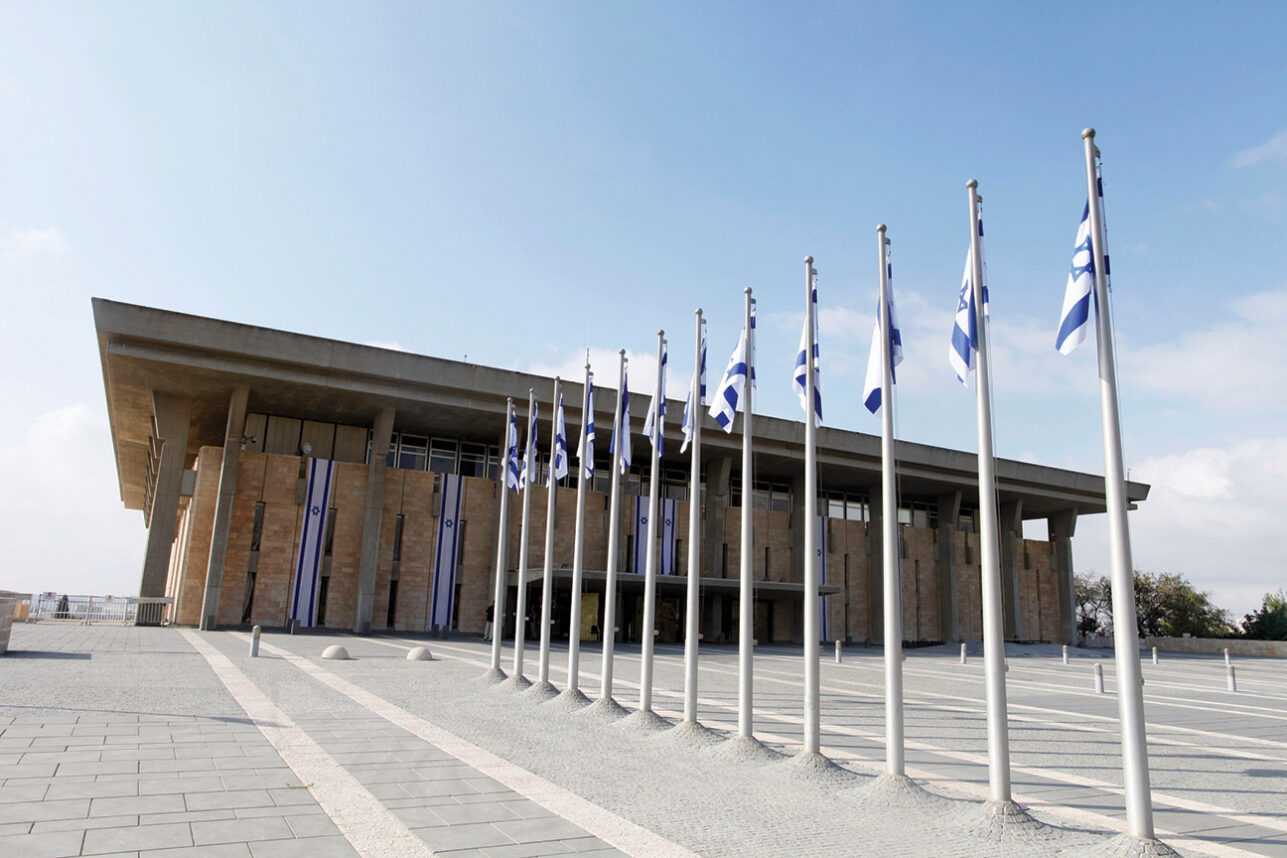Sholem Aleichim has a wonderful story about Kaddish related in his “Railroad Stories.” (Tales that examine human nature and modernity as seen by men and women riding the trains from town to town.) A passenger on a train attempts to assemble a minyan so he can say Kaddish for his deceased son. Nine Jews including the narrator agree to join; a tenth declines because he declares in Yiddish, “I don’t believe in such things” but he is finally lured to join the minyan.
The prayers that ensue are heartfelt, “like balm to one’s weary bones.”
How the mourner lures the tenth man into taking part of the minyan, recites the Kaddish with such emotions and feeling that “a stone,” as the narrator says, “couldn’t help being moved,’ and then cleverly puts the crass freethinker to shame forms the story’s conclusion.
But what does Kaddish have to do with mourning (there are four forms of Kaddish which will be addressed in a separate article)? Apart from the single word “consolation,” “ונחמתא”, there is nothing in it that might indicate it is meant to be said during bereavement. It hails God as the redeemer, and the mourner is seemingly praying for the living, not the dead.
For centuries, some people believed that saying Kaddish would shorten the amount of time the deceased spent in Gehenna (‘hell’) before ascending to Gan Eden (heaven). Sons were referred to as “my Kaddish” or as a “Kaddishl,” and people who had no sons sometimes hired men to say the prayer after they died. Where and how did this concept evolve?
In fact, when Kaddish originated in Talmudic times it was a paean of praise recited to mark the end of a session of Torah study.
Let’s trace how the Rabbis Kaddish evolved into the Mourners Kaddish. It was first set in motion by beliefs expressed in a number of Talmudical texts. (1)
First, in the tractate of Berakhot, there is a story about Rabbi Yosi, who is told by Elijah: “When the people of Israel enter their synagogues and study houses and respond, ‘Let His great name be blessed,’ the Holy One Blessed Be He nods and says: ‘Happy is the king who is praised thus in His dwellings!’”
Second, in the Tractate Sotah, Rava is quoted as saying that in an age in which sacrifice in the Temple no longer exists to atone for sin, the world is maintained by the recital of the phrase ‘Let His great name be blessed,’ and specifically records (Sotah 49a) that that it first served as a concluding prayer to the public aggadic discourse which was also conducted in Aramaic. Both passages inform us that the proclamation of “Let His great name be blessed” was considered a supreme affirmation of faith in the God of Israel.
A third text and one of the better known tales is the story of Rabbi Akiva, who came across a man suffering terrible torments in hell for sins he committed. Rabbi Akiva found the poor man’s long lost son and taught him to recite the verse, “May His great name be blessed.” With those words, the father’s soul was released and flew up to heaven.
And finally, a fourth text also linked to Rabbi Akiva as well, named “The Alphabet of Rabbi Akiva” and dating to about 700, consists of a series of midrashim on the twenty-two Hebrew letters. In the midrash on the letter Zayin, the seventh letter, is the passage:
‘In time to come, the Holy One, Blessed Be He, will sit expounding the Torah in paradise, and all the righteous will sit before him, and the entire entourage of heaven will stand by. . . . And when it is the turn of aggadah, Zerubavel the son of She’altiel will rise to his feet and say, “Magnified and sanctioned be His great name,” and his voice will travel from one end of the world to the other, and all the world’s inhabitants will say, “Amen.” Even the sinful Israelites and righteous Gentiles in Gehenna will say “Amen,” and the sound will fill the world, so that God will ask, “What is this great sound that I hear?” “Master of the universe,” the angels will tell him, “it is the sinners of Israel and the righteous of the Gentiles saying ‘Amen’ in Hell.” At once God’s compassion will be greatly stirred and He will say, “What shall I do for them? They have been condemned by their own worse selves.” Then the Holy One Blessed Be He will take the keys to Gehenna and hand them to the archangels Michael and Gabriel in the presence of all the righteous, and say to them, “Go, open the gates of Gehenna and bring them forth.” . . . At once Michael and Gabriel will open the forty thousand gates of Gehenna and bring them forth . . . and they will wash them and salve them and heal Gehenna’s wounds and dress them in fine clothes and lead them into the presence of the Holy One, Blessed Be He, and all the righteous.
Zerubavel the son of She’altiel, a scion of the House of David prominent in the construction of the Second Temple in the age of Ezra, was associated in Jewish apocalyptic literature with the messiah by virtue of the prophet Haggai’s declaration: “On that day of judgement, says the Lord of Hosts, I will take you, Zerubavel the son of She’altiel my servant, and place you like a seal over the people of Israel, for it is you whom I have chosen.” What the Alphabet of Rabbi Akiva is depicting, then, is a session of aggadah- a talmud session at which the messiah loudly declaims the rabbis’ Kaddish. The inmates of Gehenna, hearing God’s greatness invoked and acknowledging the justice of their punishment, say “Amen” with such fervor that God mercifully commutes their sentence and admits them to paradise, just as He did with Akiva’s sinner.’
Based on these four sources, by the end of Talmudic times, therefore, Judaism had arrived at the notion that prayer – and specifically, the Kaddish – could redeem the souls of the damned. From here, it was but a short conceptual step to the regular recital of this Kaddish during bereavement. In addition Kaddish became an expression of acceptance of Divine judgment (Tzidduk ha-din) (2) and righteousness at a time when a person may easily become bitter and reject God, and as well, by sanctifying God's name in public, the mourners increase the merit of the deceased person. (3)
The actual custom, however, took root over a lengthy period. It appears first to have become a daily practice in thirteenth-century Germany at the time of severe persecution in Germany by the Crusaders from where it spread gradually to the rest of Ashkenazi Europe and beyond. In the extensive glosses that he wrote on the Shulchan Arukh, Yosef Karo’s contemporary, the Polish Rabbi Moshe Isserles, speaks of the prayer as the daily rite of mourning that it is today throughout the Jewish world.
Let’s look at the Kaddish’s earliest history. Kaddish is mentioned as part of the prescribed synagogue daily prayers for the first time in The Tractate Seforim (perhaps seventh century ) a compilation of Jewish laws regarding the preparation of holy books and public readings which states in Chapter 10:7 that Kaddish may be recited only in the presence of a minyan (4). This is the first time the nomenclature Kaddish appears.
The oldest version of the Kaddish is found in the Siddur of Rab ” target=”_blank” title=”Isaac ben Moses of Vienna”>Isaac ben Moses of Vienna, the In the extensive glosses that he wrote on the Shulchan Arukh, Rabbi Moshe Isserles speaks of the Kaddish as the daily rite of mourning that is said today throughout the Jewish world. Nevertheless Isserles writes pointedly that reciting the three daily services in their entirety is “more useful and appropriate” than saying the Kaddish.
A 16th-century rabbi, Abraham Hurwitz, wrote, “Let the son keep a particular precept given him by his father, and it shall be of greater worth than the recital of the Kaddish.” Isserles is among the first to point out that the practice is to recite the Kaddish for only eleven months as the sentence of the wicked is to be in hell for 12 months and so as not to make ones parents sinners we only recite Kaddish 11 months.
Saying the Kaddish became so emotionally fraught because its neglect was taken to indicate indifference to the fate of the dead and a willingness to abandon them to the suffering of hell.
Kaddish has become an entrenched custom in all spheres of Judaism.
1. I would like to posit that the Kaddish prayer evolved at last 500 and perhaps as much as 1000 years earlier than the sources seem to indicate and way before the Talmud was written. This is due to the fact that there is a total lack of allusion to the destruction of the Temple. It’s inconceivable that a prayer as vital as Kaddish has no mention of the Temple destruction or hope of rebuilding the Temple.
2. The Kaddish also gets you when you are down, 0ne is stricken and vulnerable and the constant attention of the Shiva is gone and here, to make up for it, is a congregation that says Amen and surrounds you with its solidarity.
3. Man is obliged to to give praise for the evil that befalls him as well as for the good, Tractate Berakhot 9:5
4. While the traditional view is that “if kaddish is said in private, then by definition it is not kaddish, some alternatives have been suggested, including the Kaddish L'yachid (“Kaddish for an individual”), attributed to ninth-century ” target=”_blank” title=”Amram Gaon”>Amram bar Sheshna, and the use of
Isaac Pollak is the Rosh/Head of a Chevrah Kadisha on the upper East Side of Manhattan, NYC and has been doing Taharot for almost 4 decades. He is fascinated by and a student of customs and history concerning the Chevrah Kadisha and Jewish burial and mourning ritual. He is an avid collector of Chevrah Kadisha material cultural items, with over 300 historical artifacts in his own collection. He serves as chairperson of the Acquisition Committee for Traditional Material Culture at the Jewish Museum in NYC, and is CEO of an International Marketing Company. He is a student and participant in Gamliel Institute courses.

GAMLIEL INSTITUTE COURSES
Please Tell Anyone Who May Be Interested and Sign up Yourself!
Fall 2016:
Gamliel Institute Course 5, Chevrah Kadisha Ritual, Practices, & Liturgy (RPL) will be offered over twelve weeks from September 6th, 2016 to November 22nd 2016 online. There will be an orientation session on September 5th for those unfamiliar with the online course platform used, and/or who have not used an online webinar/class presentation tool in past. Times will be 5-6:30 pm PDST/8-9:30 pm EDST on Tuesday evenings.
The focus of this course is on Jewish practices and all ritual and liturgy (excluding Taharah & Shmirah, which are covered in Course 2). This deals specifically with ritual and practice towards and at the end of life, the moment of death, preparation for the funeral, the funeral, rituals of mourning, and remembrance.
SIGN UP NOW TO TAKE THIS COURSE!
There is no prerequisite for Course 5; you are welcome to take it with no prior knowledge or experience, though interest in the topic is important. Please register, note it on your calendar, and plan to attend the online sessions. Note that there are registration discounts available for three or more persons from the same organization, and for clergy and students. There are also some scholarship funds available on a ‘need’ basis. Contact us (information below) with any questions.
You can “>jewish-funerals.org/gamreg. A full description of all of the courses is there as well. For more information, visit the “>Kavod v’Nichum website or on the
Please contact us for information or assistance. info@jewish-funerals.org or j.blair@jewish-funerals.org, or call 410-733-3700, or 925-272-8563.
DONATIONS:
Donations are always needed and most welcome. Donations support the work of Kavod v’Nichum and the Gamliel Institute, helping us provide scholarships to students, refurbish and update course materials, support programs such as Taste of Gamliel, provide and add to online resources, encourage and support communities in establishing, training, and improving their Chevrah Kadisha, and assist with many other programs and activities.
You can donate online at “>here (http://www.jewish-funerals.org/money/).
MORE INFORMATION
If you would like to receive the Kavod v’Nichum newsletter by email, or be added to the Kavod v’Nichum Chevrah Kadisha & Jewish Cemetery email discussion list, please be in touch and let us know at info@jewish-funerals.org.
You can also be sent an email link to the Expired And Inspired blog each week by sending a message requesting to be added to the distribution list to j.blair@jewish-funerals.org.
Be sure to check out the Kavod V’Nichum website at “>Gamliel.Institute website.
RECEIVE NOTICES WHEN THIS BLOG IS UPDATED!
Sign up on our Facebook Group page: just search for and LIKE “>@chevra_kadisha.
To find a list of other blogs and resources we think you, our reader, may find to be of interest, click on “About” on the right side of the page.There is a link at the end of that section to read more about us.
Past blog entries can be searched online at the L.A. Jewish Journal. Point your browser to
SUBMISSIONS WELCOME
If you have an idea for an entry you would like to submit to this blog, please be in touch. Email J.blair@jewish-funerals.org. We are always interested in original materials that would be of interest to our readers, relating to the broad topics surrounding the continuum of Jewish preparation, planning, rituals, rites, customs, practices, activities, and celebrations approaching the end of life, at the time of death, during the funeral, in the grief and mourning process, and in comforting those dying and those mourning, as well as the actions and work of those who address those needs, including those serving as Bikkur Cholim, Caring Committees, the Chevrah Kadisha, Shomrim, funeral providers, funeral homes and mortuaries, and operators and maintainers of cemeteries.









